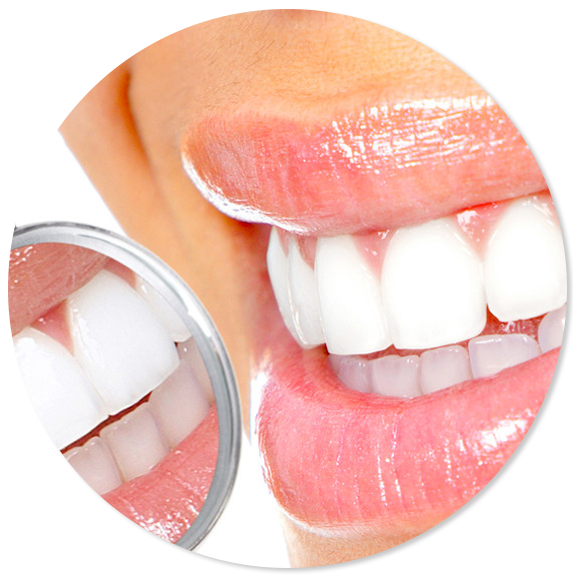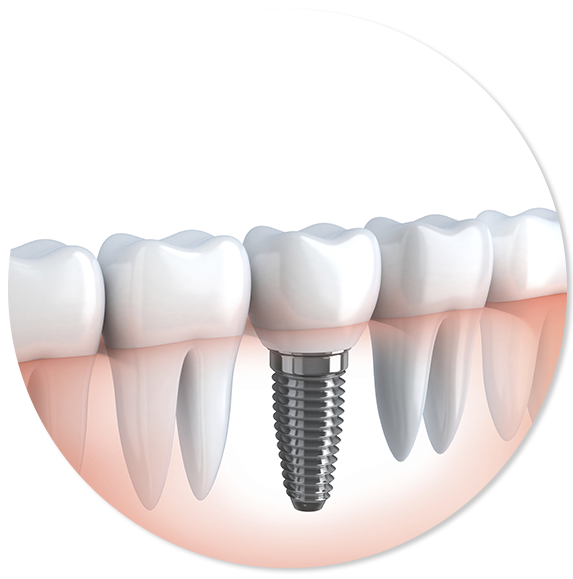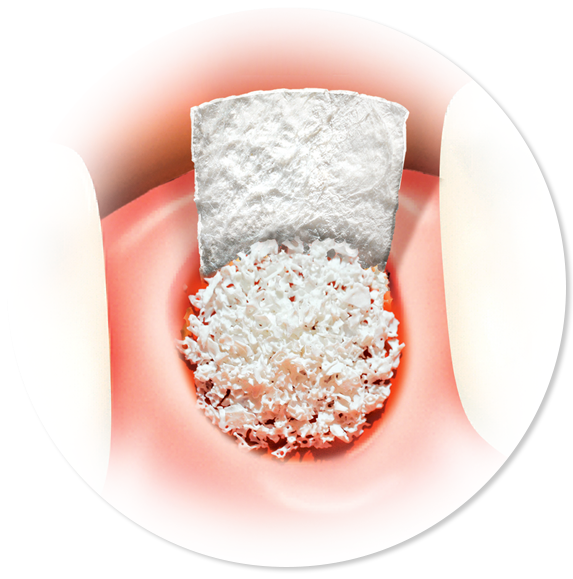Dr. Isabella Rocchietta is a specialist in periodontology for the health of your gums and teeth.
At the London based clinic, she provides warm and professional care combined to high-end technology for dental care.
Gum disease, also know as periodontitis, is an inflammation of the gums due to specific bacteria. This can cause bone loss around your teeth, from mild to severe, up to the point a tooth becomes wobbly and is lost due to gum disease. Smoking, poor oral hygiene, diabetes, old crowns and bridge work are some of the contributing factors to gum disease.
Frequently, it is the dentist or hygienist who has spotted the problem. However, you may have noticed that your gums bleed when you brush them or that your breath is unpleasant. Your teeth may feel slightly mobile or have even drifted forwards. The gums may have become swollen and painful occasionally requiring antibiotics.
The first appointment will involve a detailed assessment, with specific measurements taken. This will allow us to perform a correct diagnosis and realise the stage of progression. Secondly, a deep cleaning of the roots of the teeth is performed accompanied to the use of a specific antimicrobial mouthwash and in some cases antibiotics. This is called non surgical periodontal therapy. This is the first important step to achieve healthy gums and STOP the progression of bone loss.
No, gums receding are a result of a combination of factors. Over brushing with hard bristles, tooth position, braces and gum disease. Gums may be brought back to their original position in the vast majority of the cases with a micro surgical intervention. The results are brilliant with healthier and younger looking teeth!
As always a regular visit to the hygienist and regular check ups are fundamental. The maintenance protocol of professional teeth cleaning once every 4/6 months is the base for long term healthy gums. Each patient will also be taught on how to clean very well at home and this compliance is crucial to achieve durable results.

An implant is a biocompatible titanium screw that is positioned in bone and serves as the natural root of a tooth. It allows to maintain healthy and untouched the neighbouring teeth.
After an implant is placed, the surrounding bone will grow in contact with the implant surface and attach to it. This process of attachment is called “osseointegration”. If osseointegration is not established or is lost, the implant will become loose and fail.
Implants are used to fix a crown, a bridge, or a prosthetis that replaces one or more missing teeth. The aim is to improve your health, chewing function and/or aesthetic appearance.
No. An effective local anaesthetic is used before surgery so no discomfort is felt as implants are placed. Any mild discomfort that may be experienced afer surgery can be controlled with conventional painkiller tablets.
No, nowadays bone grafting is routinely performed by a specialist. In the vast majority of the cases, bone may be rebuild to allow implant placement. Implants require an adequate volume of bone around them as well as a good quality and quantity of gum. All of this may be reconstructed in preparation for implant placement.
Once the implant is in place it requires 2/3 months of healing before you can position a crown on top of it. There are frequent cases where you may extract the failed tooth, place an implant and a temporary crown all on the same day.
Implants have high success rates and there are reports that have assessed their performance over a period of more than 35 years. The most recent studies indicate that 90 per cent of implants placed ten years ago are still functional today. However, implants may fracture or get infected exactly like a natural tooth, especially if not taken care of.
Maintenance is crucial. We need to take care of our implants and crowns by visiting the hygienist at least 3 times a year. Keeping everything clean is the key to a long term success.

Dental implants require an adequate volume of bone to be inserted and functional. Often, there is a lack of bone due to several reasons (previous infections, extracted teeth etc…). Thanks to bone grafting, the area that is lacking bone may be fully or partially reconstructed to allow proper implant placement. This gives you back “the original bone volume” allowing for a complete treatment.
Yes. Lost bone can be reconstructed in various ways depending on the site, size of the bone defect and the quantity/quality of the gum tissue above it. The advent of new biomaterials used to reconstruct bone has eliminated the need for autogenous (your own) bone. This has dramatically improved the post-operative morbidity.
A sinus lift is a surgical procedure that elevates the inner lining of the maxillary sinus to create a space that can be filled with a biomaterial. The maxillary sinus is an empty space behind the cheek bones, approximately above the second premolar tooth and the molars.



